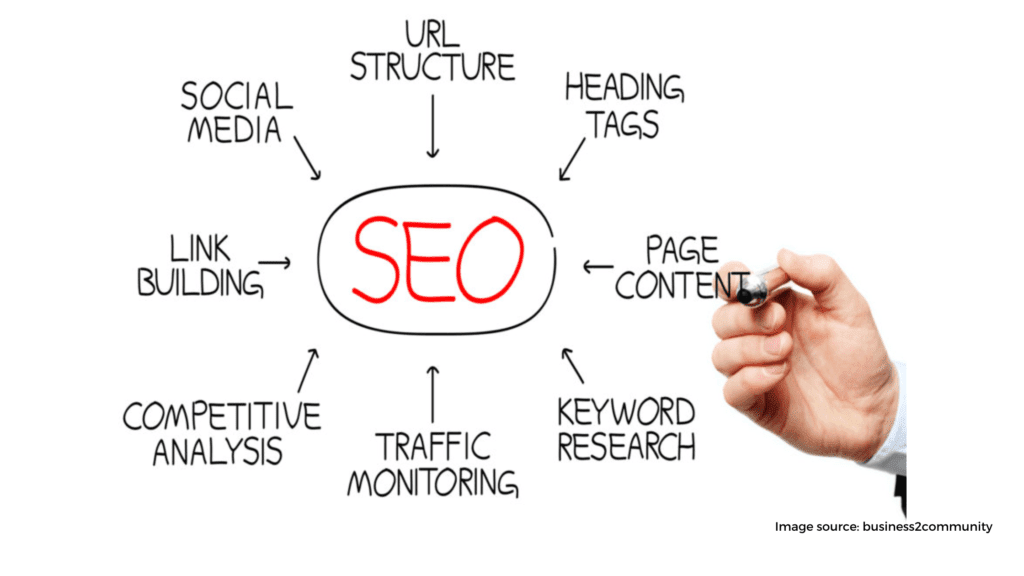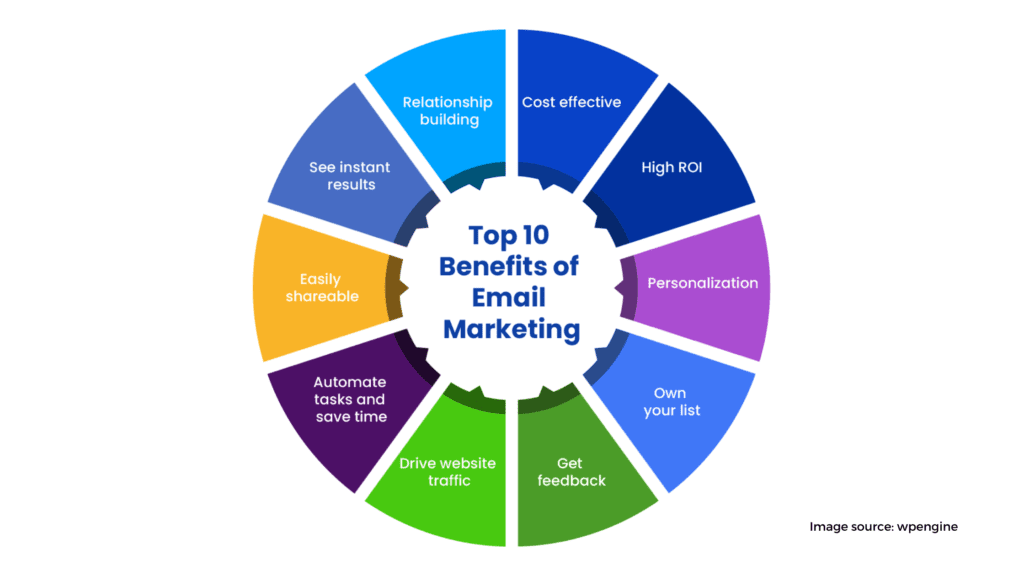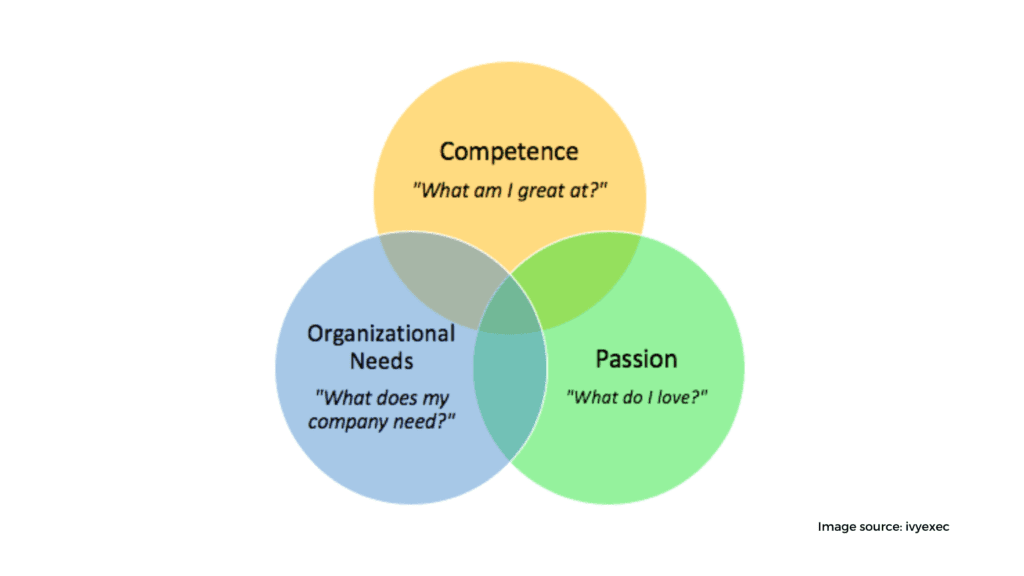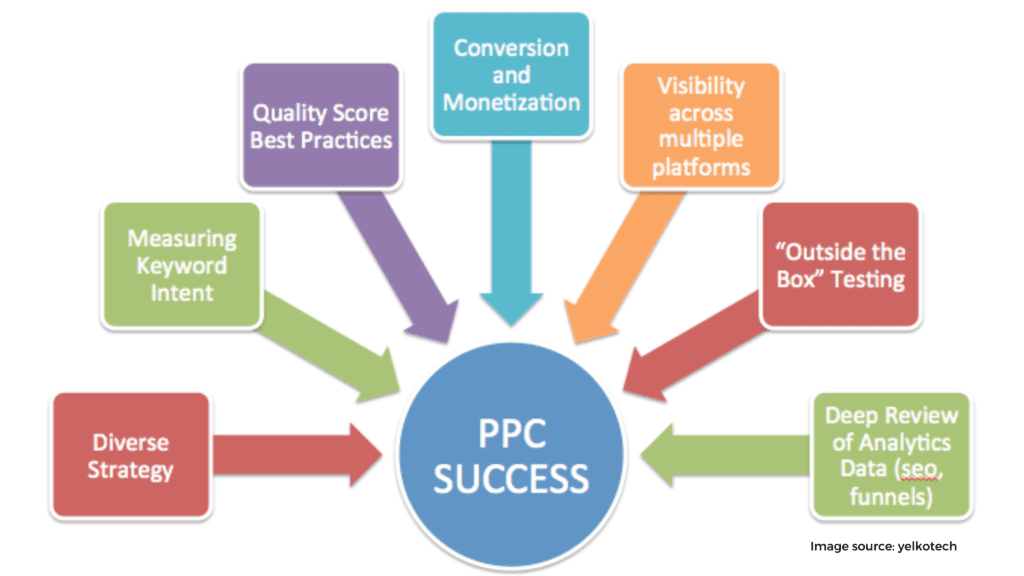A solid digital marketing strategy might make a significant difference to your company, yet 49% of firms do not have an effective digital marketing plan. As a result, these companies are losing out on the chance to obtain valuable visitors, leads, and sales for their business because they lack a clear digital marketing plan.
If you’re a company that hasn’t yet established a digital marketing strategy, it’s never too late to get started.
Search engine optimization (SEO)

Your website is the beating heart of your digital presence. You will always be bringing people to your site. You can assist more individuals in finding your psychologist’s website by optimizing it for search engines (SEO).
The objective of SEO is to improve your website’s search engine ranking (SERP) for keywords and phrases related to your profession. The aim is to have your site appear on the top page of results when people perform searches on Google, Yahoo, Bing, or other search engines.
Choosing keywords for your page is the first step in optimizing for SEO. When people perform searches, they use keywords to look for relevant results. For example, if you want to connect with individuals looking for a psychotherapist, you must use the proper keywords.
It’s critical to perform keyword research so you can find relevant keywords for your website. Long-tail keywords have three or more words, and they’re crucial. These are intended keywords that lead to many visitors to your site.
“Psychiatrist in Harrisburg, PA” is an example of a long-tail keyword.
Aside from keyword selection, concentrate on increasing the performance of your website. Cleaning up code and improving page speed can significantly impact your site’s performance.
SEO is essential for getting your services’ website to appear in relevant search results. You’ll be able to connect businesses with interested consumers who are looking for a psychologist. It’s a fantastic approach to growing your client base.
Creating content
To succeed in your digital marketing strategy, you’ll need to generate high-quality content. For example, creating blog posts, infographics, eBooks, and other forms of content will help you attract new website visitors.
Your material must be engaging and informative and include the keywords you’re looking for in SEO. However, don’t overload it with keywords; doing so will result in lower-quality content that people will leave your site.
Creating high-quality content takes time and effort. However, it is well worth it since this material will be used on your website and social media profiles. Therefore, it’s critical to develop a regular publishing schedule so that your site remains up to date with fresh material regularly.
Pro tip:
People will take the time to read and review content when you create content. They’ll go to your practice’s website if they enjoy what they’ve read or seen. They’ll learn more about your firm and develop brand awareness.
Social media

Any successful digital marketing plan must include social media. It allows you to interact with potential and existing clients, distribute your material, and develop your brand.
You can use social media as a psychologist to provide helpful information, update businesses, and answer clients’ questions. You may also utilize social media to advertise and promote your services to a larger audience. The advantages of social media marketing are numerous. It’s a money-saving technique that increases brand recognition. It enables you to become a trend-setter in your field by allowing you to interact with your audience.
Ensure you’re active on the appropriate social media platforms for your company. For example, LinkedIn is a fantastic way to meet other professionals in your area. In addition, Facebook and Twitter are excellent digital channels for sharing content and fostering relationships with consumers.
It’s critical to maintain a regular social media presence. By posting regularly, you’ll be more top of mind with your followers and will have the ability to share timely information that is relevant to them.
Email marketing

Email marketing is an excellent method of interacting with current and potential clients. For example, you may use email to send out monthly newsletters, special offers, and even appointment reminders.
Email marketing may help you stay in touch with your customers. It’s also an effective way to develop relationships with clients by regularly offering them insightful material.
You may use email marketing to monitor who opens your emails and clicks on the links. This data may assist you in future campaigns by allowing you to optimize for impact. In addition, email marketing is a fantastic method to stay in touch with your clients and promote your company.
Developing a plan

Creating a digital marketing strategy might be difficult. However, it’s critical to have a plan in place to concentrate your efforts and track your progress.
Begin by identifying the objectives you wish to achieve with your digital marketing. For example, do you want to raise awareness for your brand? Do you want people to visit your website? Is it necessary for you to generate leads or sales? You may begin working on a strategy once you know what you’d like to accomplish.
Your digital marketing plan should include a variety of strategies, including SEO, content marketing, social media, and email marketing. You’ll be able to connect with the most significant number of potential customers by combining these methods.
You should also establish a budget for your digital marketing tactics. This will allow you to track your costs and ensure you’re not spending more than you can afford.
Pay-per-click (PPC) advertising

Pay-per-click (PPC) advertising helps you obtain leads looking for the right psychologist. These sponsored advertisements appear at the top of search results to attract leads. In addition, they are labeled with the word “ad” to indicate commercial content.
You decide which keywords will activate your advertisements using PPC. It would help if you also stuck to long-tail keywords for this advertising. Long-tail keywords are preferable for your advertising campaign since they produce more lucrative leads.
We recommend that you use a phrase or two in your title and meta description relevant to your blog post’s topic to increase your chances of ranking higher. These keywords also help keep your CPC low. You want a low CPC so that you may acquire more clicks for your budget. After you’ve decided on your keywords, you’ll bid for ad space using a maximum bidding amount and quality score. Paid advertising methods include CPM, or cost-per-mile advertising, in which you pay for 1000 impressions rather than a click.
When you do keyword research, you’ll be able to determine how valuable a particular term is. Then, you may choose a bid that you feel is appropriate for the time. The highest-rated ads are those with a high-quality score and a low maximum bid, which results in better placement than an ad with a poor quality score and a substantial maximum bid.
Pro tip:
After you’ve selected a broker, you’ll start your campaign. It’s simple to keep track of your campaign in Google Ads, the software that powers pay-per-click advertising. You may monitor the effectiveness of your campaign from day one.
Web design
Your website should be designed with your client in mind. The user experience is the most crucial aspect of your site’s design. If your website is challenging to use or navigate, potential clients will likely leave and never return.
Your site’s design should also reflect your brand. Use colors, fonts, and imagery consistent with the image you want to project. Creating a strong visual identity will help people remember your site and connect it with your brand.
It’s also essential to make sure that your website is mobile-friendly. With more and more people using smartphones and tablets to surf the web, it’s vital that your site can be viewed on these devices. In addition, a responsive design will ensure that your site looks great on any screen size.
Spread your expertise

As a mental health professional, you have relevant expertise to share with your audience. This is an opportunity for you to share that knowledge with your followers. In addition, you may offer them the vital information they are looking for.
When you contribute your expertise, you become an expert in the digital marketing world. You’ll be viewed as a competent psychiatrist. People will have faith in your expertise in mental health treatment.
There are many types of content marketing. Infographics, films, blogs, and ebooks are all examples of this technique. You may use any one of these media to communicate with your audience. It’s not always easy to comprehend mental health issues. You can assist your readers in learning about various subjects through your content. You may make it simpler for people to grasp a particular topic.
Even if your leads don’t immediately use your services, they will recall your practice in the future. As a result, they will choose your practice over others when it’s time to see a psychiatrist since they’ll remember the valuable information you offered.
Conclusion:
Creating high-quality content, employing SEO methods, being active on social media, and using email marketing are all necessary components of digital psychiatry marketing. In addition, these are all excellent strategies for building relationships with potential and existing customers.
You may use these digital marketing strategies to get started on your business goals, like attracting new clients and expanding your business. Consider working with a psychiatric marketing agency if you need assistance starting up or want to learn more about mental health marketing. They can help you develop an effective digital marketing strategy tailored to your needs.






